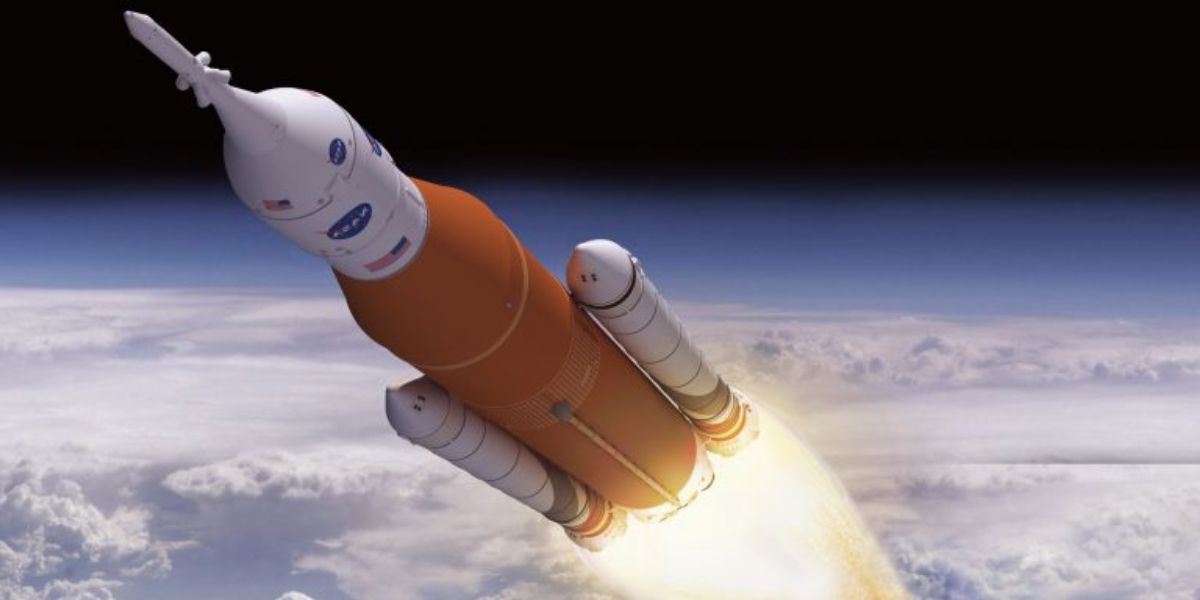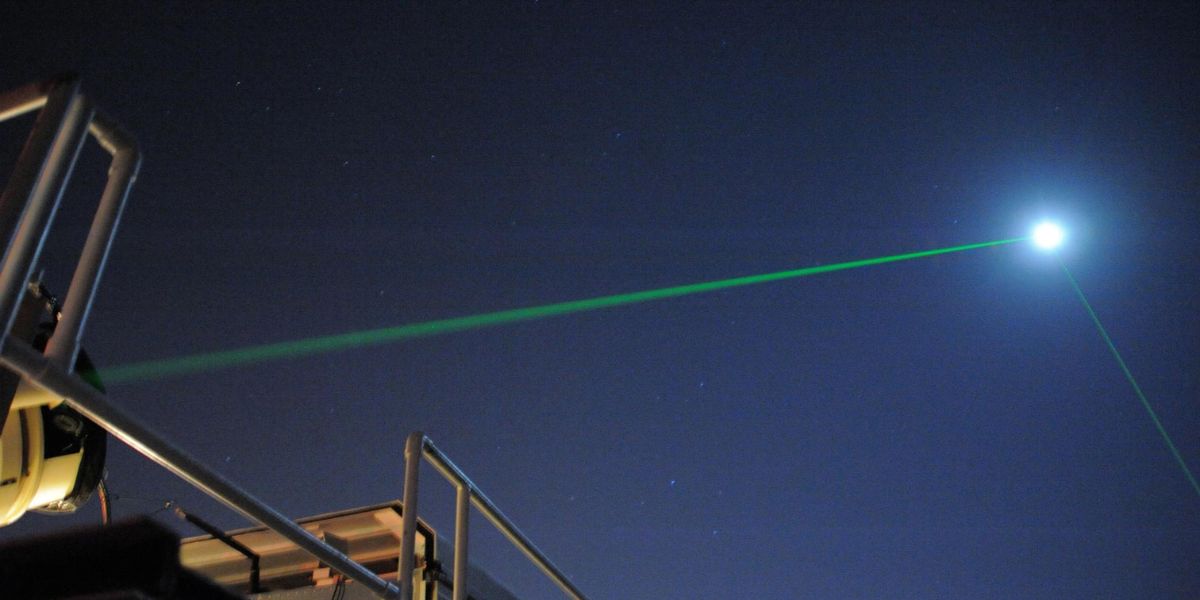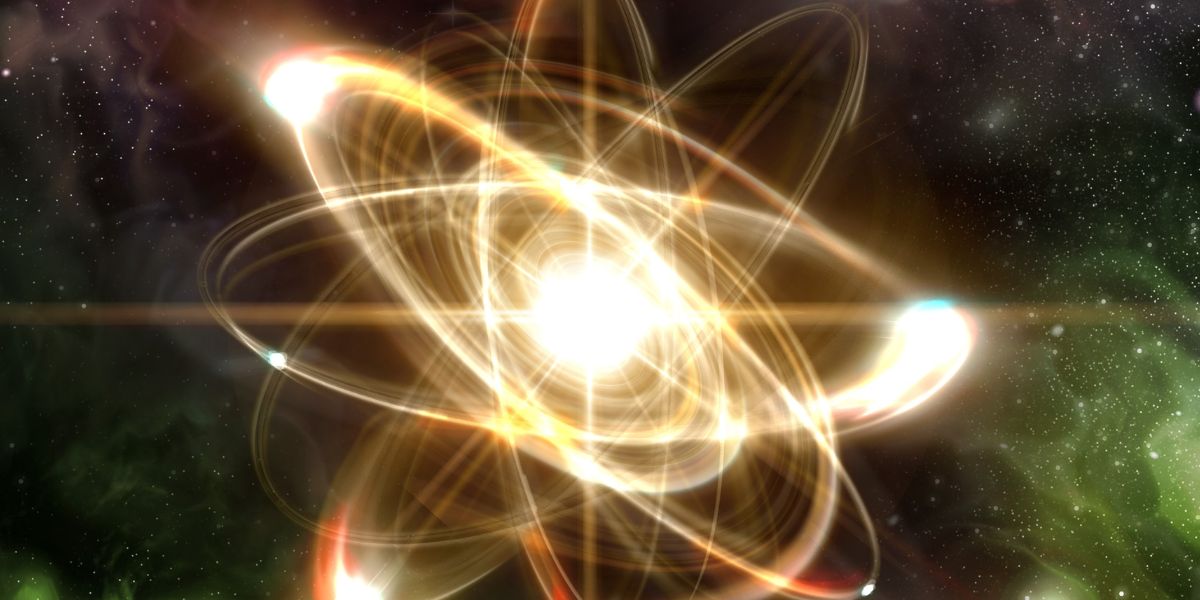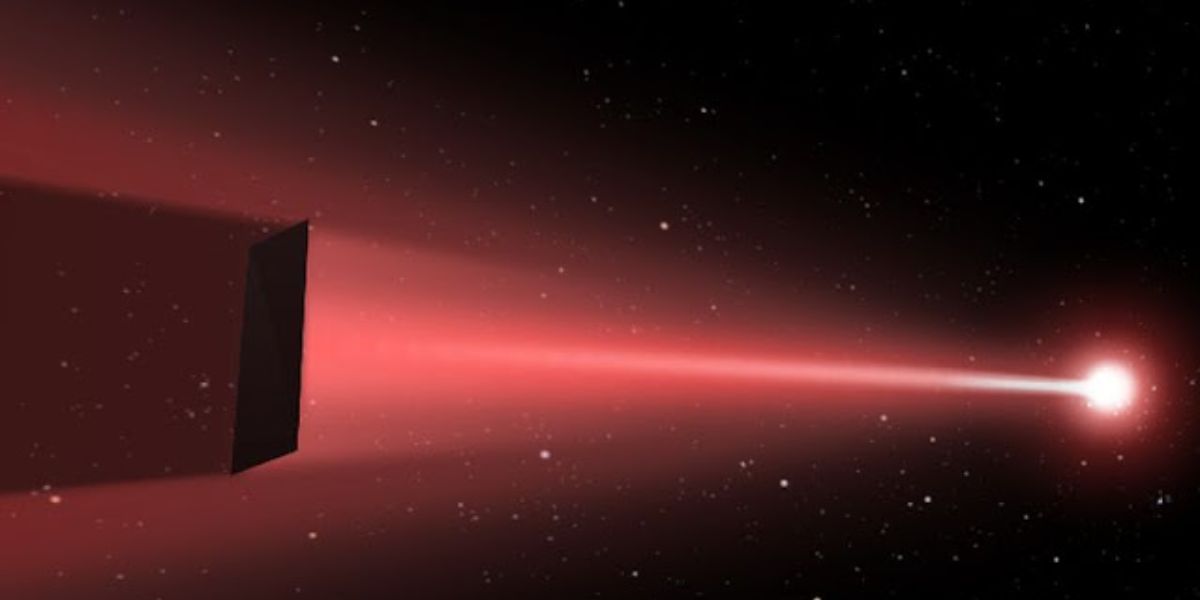Scientists and researchers have recently suggested a brand new way that could provide enormous power to the spaceships that will, in turn, help to cover large distances between the stars at a fast pace. With the help of this new method, humans can reach other stars in a very short amount of time that will not take thousands of years.
Now, when somebody decides to travel to other stars, the first problem that comes is finding an appropriate way through which a spacecraft can be given enough power, required to reach the other star. This is the most challenging step because it might lead to the wastage of energy as well as money. The spacecrafts that are made in today’s modern world have many drawbacks. One of the disadvantages is that they cannot travel fast to reach other star systems within a human lifetime. Also, they do not have adequate space which can store the required amount of fuel or energy. Therefore, to overcome these, we need a solution that can make interstellar travel, in a short span of time possible.
Scientists Have Proposed To Use Relativistic Electron Beams

Recently, researchers who were studying the concept of traveling to other stars but in a human lifetime, have come up with the idea. They suggest the use of relativistic electron beams to provide power to the spacecraft. These beams are powerful streams of electrons that travel nearly as fast as light. Scientists have stated that instead of carrying fuel and batteries, they can beam the power to the spacecraft from their location. Jeff Greason, Chairman of Tau Zero Foundation, has expressed that energy is always power multiplied by time. According to him, if we need to give an adequate amount of energy to the spacecraft using this new method, the beam should be very powerful or the spacecraft will have to rest in the beam for a long period of time.
Electron Beams Method Could Help In Traveling To Alpha Centauri

According to many scientists, electron beams which are streams of electrons and move fast as light, can be used to provide power to spacecraft. They also suggest that this new method can provide help in covering the huge distance to the Alpha Centauri star system in a short amount of time. Jeff Greason has explained that when anybody thinks of traveling to other star systems, the main problem they face is deciding how far they need to go. Alpha Centauri is approximately 4.3 light years away from Earth which is about 2000 times farther than Voyager 1, the farthest spacecraft ever been sent. He says that this new method of using relativistic electron beams could be a great solution because no space organization wants to give money for a mission that might take more than thirty years to give back information. Greason thinks by using this solution, spacecraft will be able to travel at a faster speed and reach other stars in a human lifetime.
Chemical Rockets With Speed Boosts Are Not Powerful Enough

Gerrit Bruhaug, a physicist at Los Alamos National Laboratory, and Jeff Greason have explained in one of their studies that to reach a different system at a fast speed, a spacecraft needs a huge amount of energy without being very costly. They both have pointed out in their study, which has been published in the Acta Astronautica journal that traveling to other star systems requires a massive amount of energy which will make the spacecraft move faster. However, they hinted that today’s chemical rockets even with sufficient speed boosts, are not powerful enough. According to them, chemical rockets do not have enough energy for interstellar travel because for traveling to other stars, a spacecraft should move at a faster speed.
Laser Beams Made Up Of Photons Can Help Spacecrafts To Cover The Distance Between Stars

Many scientific studies have also suggested that the spacecraft that get their power for traveling to different star systems from beam riders, mostly focus on using laser beams made up of Photons. Two examples of this are laser sails and laser-powered ramjets. Now, laser sails most probably use the momentum of photons from laser beams in order to make the spacecraft move faster. Whereas, the laser-powered ramjets collect the hydrogen gas from outer space, compress it, and then use a laser beam to give the required energy or power to the spacecraft so that it can travel to other stars at a fast speed.
Though both methods will provide solutions, but they can also pose challenges. The laser-powered ramjets solely rely upon collecting hydrogen gas from outer space but this gas is spread in a very thin layer which might be difficult to gather. In addition, they might also need a fusion. On the other hand, laser sail is a simple method because it just uses a sail to catch light from a laser beam. However, it might find it difficult to maintain the beam alignment over a long distance which might not give the required energy to the spacecraft.
Electrons Have A Negative Charge Which Might Spread Out The Beams

As mentioned above, electrons travel as fast as the speed of light and they can provide adequate energy to spacecraft. But there is a problem associated with it. Electrons have a negative charge because of which they push each other away. Now, due to this negative charge, the laser beam might spread out. Jeff Greason and Gerrit Bruhaug have suggested a way to solve this problem. They have explained that when electrons move at near-light speeds, the time slows down for them. Therefore, this slowing of time will stop the beams from spreading. Also, Gerrit and Jeff say that space is filled with a gas called plasma which has ions and electrons in it. When an electron beam passes this gas, the negatively charged electrons are pushed away but the ions, which have a positive charge, do not get pushed away. Hence, this might also help in providing energy to spacecraft for its propulsion.
Relativistic Pinch Helps In Keeping The Electron Beam Intact

Gerrit and Jeff have also explained in their study that when the electron beam passes through the plasma in space, it also moves through the ions. This passing of the beam creates a magnetic field that pulls the beam together and does not let it spread away. Now, this is called a relativistic pinch, and this effect keeps the laser beam in an appropriate place so that it can provide energy to the spacecraft to cover the long distance of interstellar travel. Moreover, in their study, Gerrit and Jeff have calculated that an electron beam is capable of generating a 1000 kg probe at 10% speed of light. Based on this, a space probe will take approximately forty years to reach Alpha Centauri with the use of a new method.
Gerrit And Jeff Have Also Commented On How To Create An Electron Beam

In their study, both of them explained that to create an electron beam, a beam-generating spacecraft needs to be put in the close vicinity of the sun so that the sun can supply power through its light, which is important for an electron beam. In addition, proper modeling studies need to be done so that the behavior and nature of the beam should be interpreted. Moreover, an electron beam should be powerful enough so that it can push the spacecraft forward.

